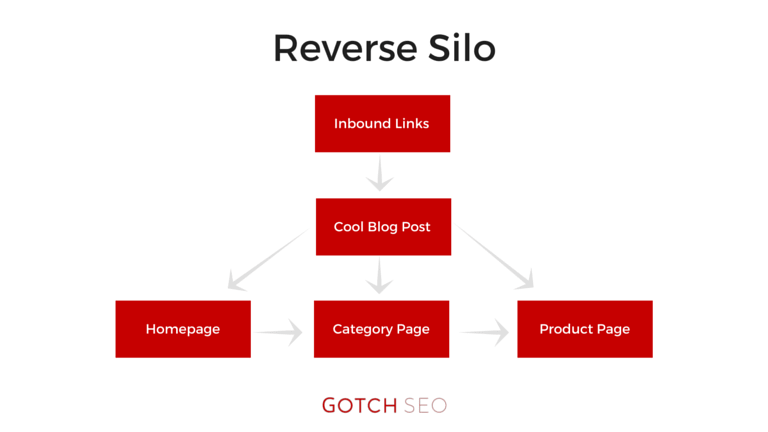
Link building is fundamental to a successful SEO campaign. But before you jump in, there are several actions you need to take. What I’m about to show you will not only make your backlinks more effective, but it will actually reduce your costs. That’s because when backlinks are more impactful, you don’t need as many to achieve your SEO objectives.
Let’s jump in.
1. Fix All Technical Issues
Many people zoom right past technical optimization and jump right into link building. This is a huge mistake. Google values User Experience (UX) more than any other factor. That’s why you need to dedicate time and resources to please every single user that lands on your site. The first way to achieve that goal is to fix all technical issues. Technical issues hurt User Experience (UX). If users don’t like your site, then Google won’t either.
Trust me: It won’t matter how many backlinks you have if your site has technical issues.
With that out of the way, here are 6 technical issues that need to be on top of your priority list:
Improve website loading speed
Site loading speed is one of the most important UX signals that Google measures. If your site isn’t loading below two seconds, then you need to make this a priority. Use the following tools to test your site speed:
Make your site mobile friendly
You likely already know this, but your site needs to be mobile friendly. Almost half of all searches come from a mobile device. Use Google’s Mobile-Friendly test to find out how your site is performing on mobile.
Fix broken links
No one enjoys clicking on broken links. There are two types of broken links you need to fix: Internal and external. Both types are bad for UX, but external broken links leak valuable link equity off your site. Use Broken Link Check or Dr. Link Check to find broken links on your site.
Identify valuable 404 pages
404 pages are not always harmful. In fact, they are an effective way to remove unwanted pages from Google’s index. But you still want to make sure you audit all your 404 pages. That’s because you want to recapture authority from 404 pages that have backlinks. This requires a three-step process. First, you have to identify 404 pages on your site. You can use one of the broken link tools above or use Google Search Console. Here’s how to do it in Google Search Console:

Second, you have to copy all your 404 pages and run them through a link analysis tool like Ahrefs or Majestic.
For Ahrefs, go to “Tools” and “Batch Analysis.” Enter your URLs and change the dropdown to “URL.”

After you do that, you will know which pages have backlinks. The last step is to 301 redirect these pages to a relevant page on your site or back to your homepage.
Fix duplicate content
Duplicate content is not only lazy, but Google’s Panda algorithm hates it. Use Siteliner to find all and fix all duplicate content on your site.
Audit your redirects
Redirect chains and 302 redirects steal link equity from your site. Although Google claims that 302s still flow link equity, it’s still best practice to use a 301 if the redirect is permanent. A redirect chains looks like this:

All you need to do is 301 redirect the Page A to the final destination page (Page C). This will ensure that 100% of your link equity is flowing to the target page.
2. Improve Your Site Architecture
Your website architecture is one of the single most important elements of making your backlinks more effective. If you structure it the right way, link equity will flow through your site and make your site more authoritative. When your site is more authoritative, you don’t need as many backlinks to see significant organic search growth. This is why sites like Amazon can rank for competitive keywords with very few backlinks.
There several different ways to structure your website, but the one I leverage the most is the reverse silo structure.
This is what it looks like:

This is the most effective structure because it is content-driven. In essence, you acquire backlinks to your content assets, and the link equity will flow to category and product pages. This is the most natural way to promote your website and build backlinks.
3. Create Keyword-Targeted Content Assets
The best type of page to acquire backlinks to is a keyword-targeted content asset. You have to remember that Google ranks pages, not websites. That’s why you need to create incredible pages if you want to rank. The best way to do so is through content development.
There are two ways to rank a content asset in Google. The first way is that the content asset must be significantly BETTER than what is currently ranking on the first page for your target keyword phrase. The second way is to create a content asset that is entirely different than what is currently ranking on the first page. Ideally, you should use both tactics to create a powerful piece of content.
Creating quality content is the most scalable link acquisition tactic.
Be Prepared
Link building can be a time-consuming and sometimes tedious process. Make sure you are getting the most of your time and effort by taking action on the items above. By doing so, your site will see the full impact of your backlinks.

 “Technical issues hurt User Experience (UX). If users don’t like your site, then Google won’t either.” — Nathan Gotch
“Technical issues hurt User Experience (UX). If users don’t like your site, then Google won’t either.” — Nathan Gotch
4 Responses to Don’t Start Link Building Before You Take These 3 Critical Actions